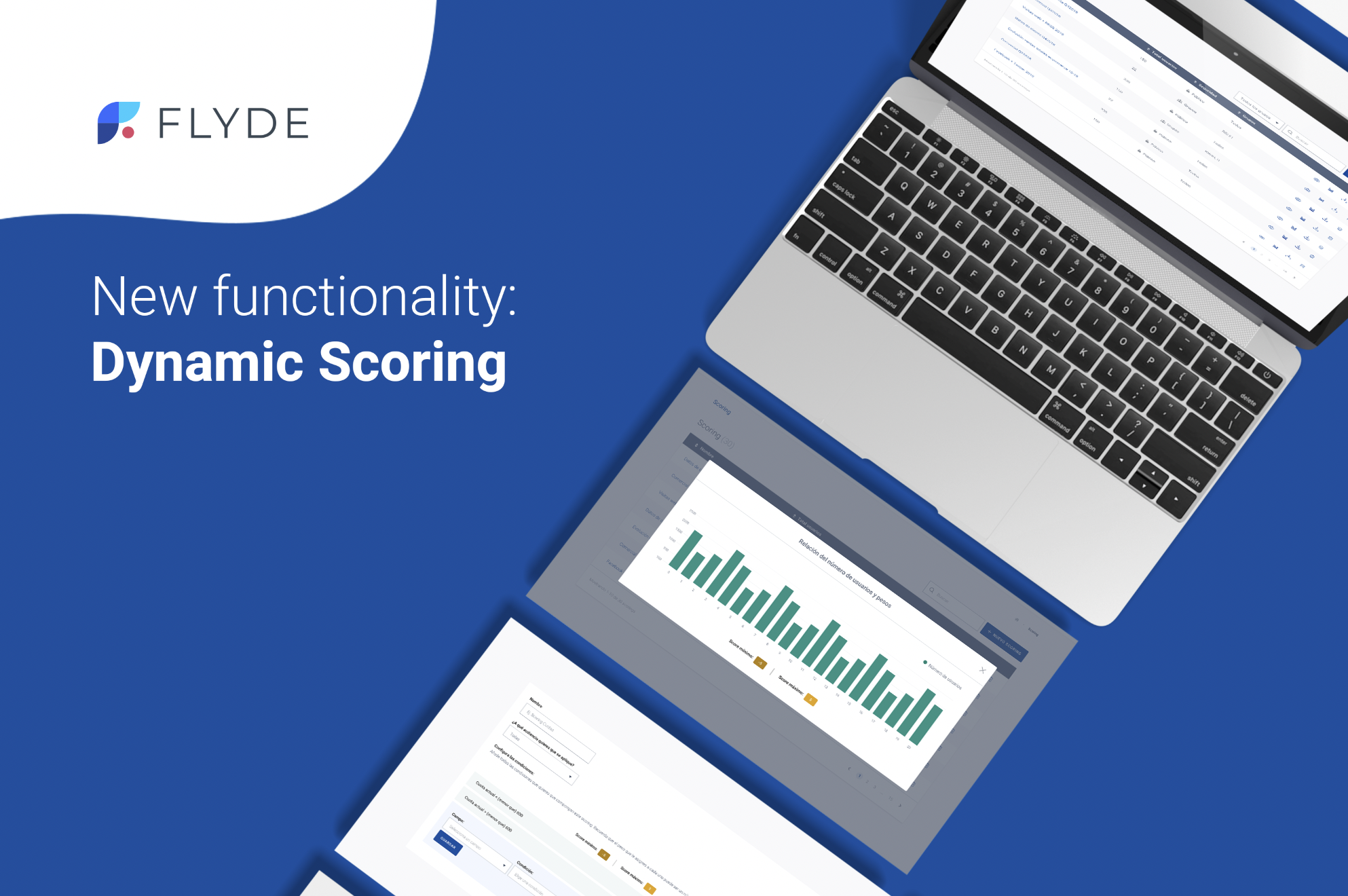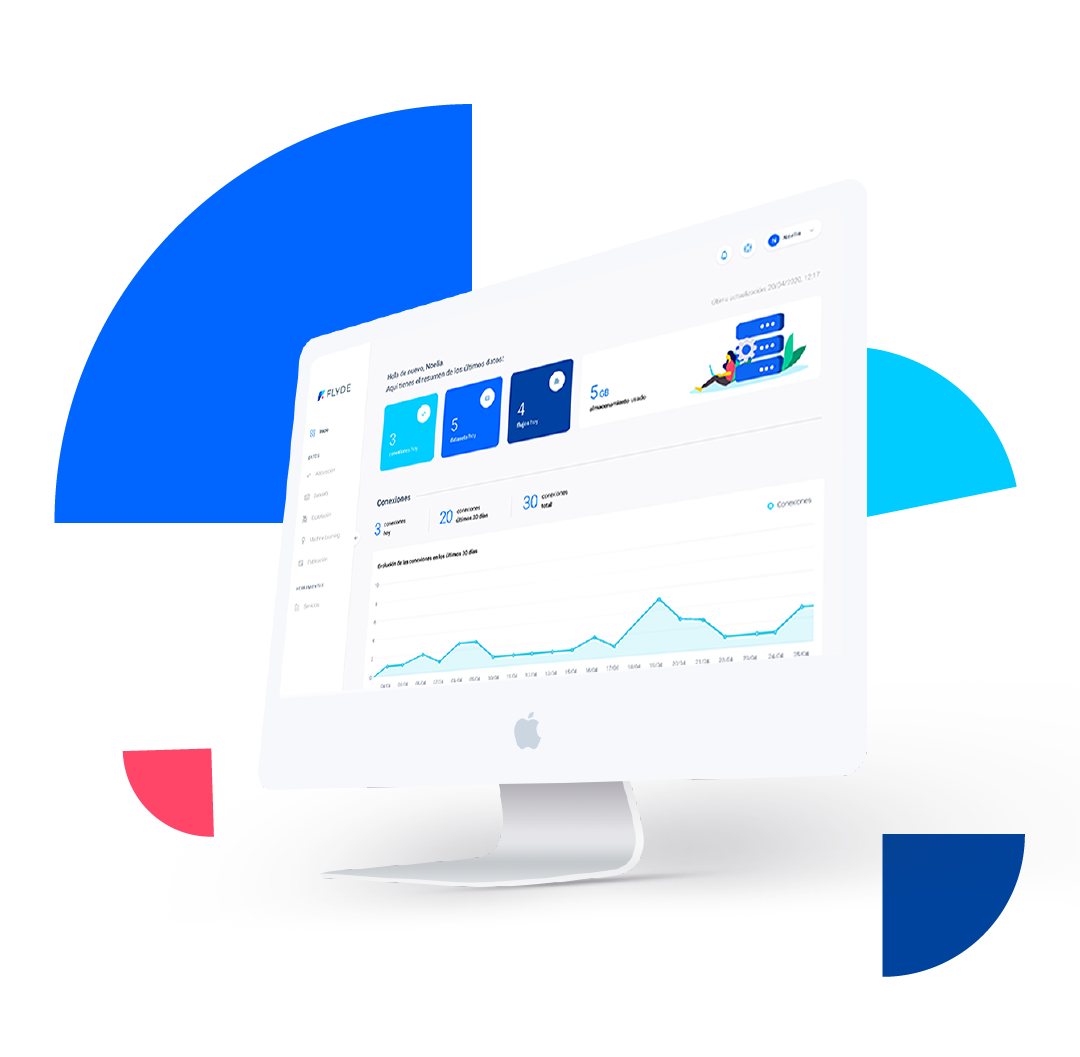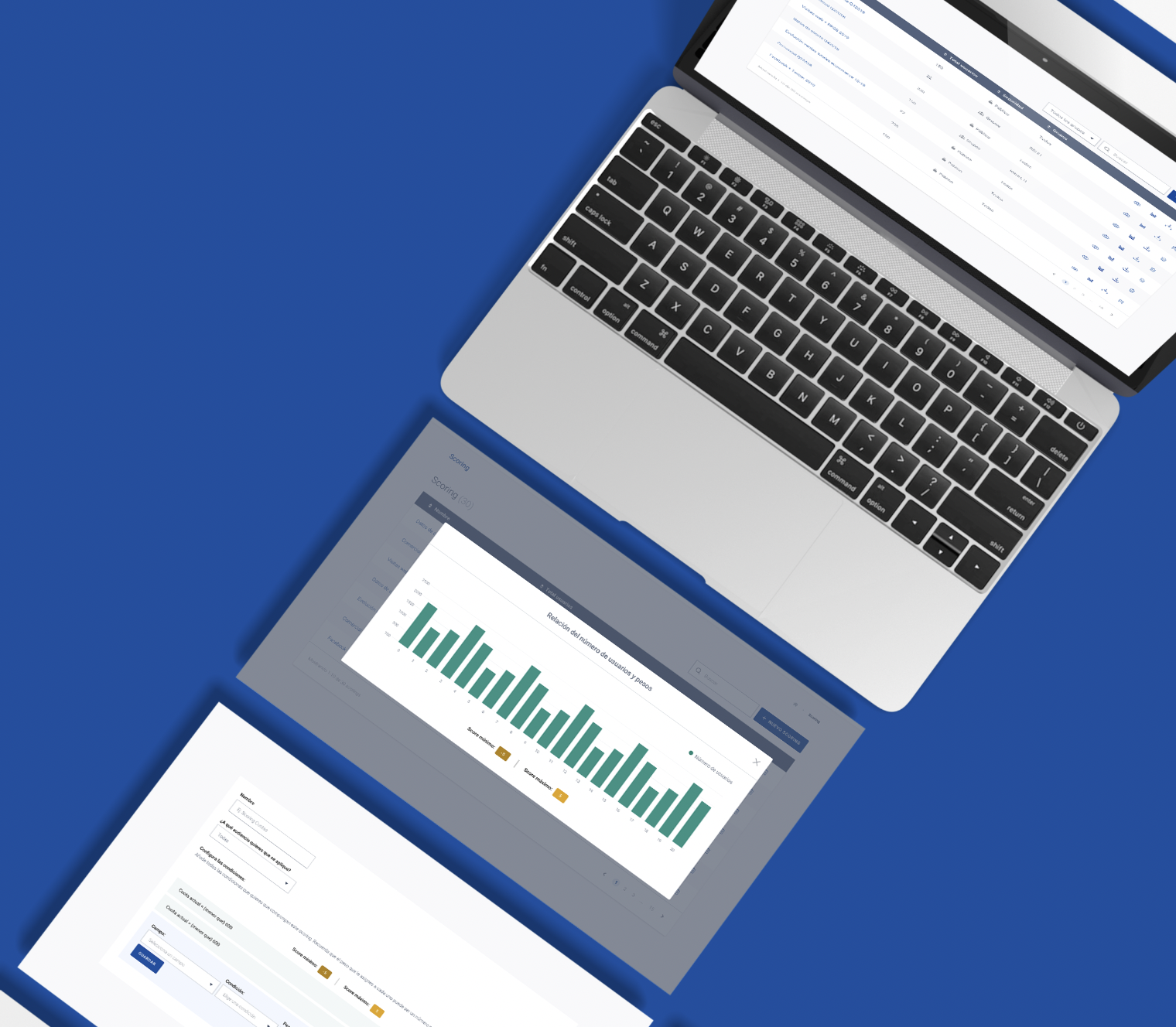
In FLYDE we have launched 2022 with a new functionality that will surely be of great value for your company. It is Dynamic Scoring and you can find it in the FLYDE Market application. Below we tell you what it is, how it works and the advantages of having such a tool in your company.
What is Dynamic Scoring?
The progress that has been made in recent years in data analytics has allowed companies to have a much more complete and real vision of their customers. This in turn has helped to generate personalized experiences, to have an offer fully adapted to customers, and for companies to be able to create appropriate strategies that improve our economic performance.
Therefore, knowing where the customer is in the life cycle has become indispensable. By being aware of this, we will be able to avoid abandonment, meet their needs and increase satisfaction.
This is where Dynamic Scoring comes into play, a tool that, although it offers many interesting possibilities, is mainly used to classify customers from a commercial point of view and to know where they are in their life cycle.
In this way, creating appropriate strategies for each stage is much simpler and the chances of success are much greater since the actions are much more targeted: what may work for a new customer is not the same as what may work for a customer who is about to abandon the brand or who has already been a buyer.
How does it work?
The way Dynamic Scoring works in FLYDE is very simple. To carry it out, the first thing you have to do is to define some classification criteria that will serve as a filter to sort your customers. These criteria can vary, ranging from demographic criteria to actions performed such as visiting a specific page, opening emails, etc.
Once these criteria are defined, customers will be automatically segmented into different segments. In this way we will have them classified according to the point in which they are with respect to our company and we will be able to perform targeted actions on them.
For example, if in the scoring we detect that there is a group of customers who have reduced the number of purchases in our company in the last 6 months, it may be time to offer them some advantage or to contact them to motivate them to become recurring customers again.
Another interesting point of Dynamic Scoring is that each criterion has its own maximum and minimum scores, and that client information is updated in real time. In this way, customers can stay at their current threshold, exceed it or move to a lower threshold.
Returning to the previous example, if one of the customers returns to his previous sales levels, it is possible that he will change to a different bracket and, therefore, our actions on him will also be modified, since the objective will be, for example, to increase them even more or to increase our company’s spending.
Other possible applications
In addition to those mentioned above, there are other marketing-oriented applications of scoring that may be of interest. Some examples are:
- Qualifying customers: according to the point of the buying process in which they are in order to be able to direct some actions or others.
- Purchase frequencies: to know when a customer will be ready to buy again or which customers buy more from us.
- Churn: to know which customers are more likely to leave our company.
- Loyalty: identify when customers become fans of the brand.
- CLTV: identify which customers have more potential to have a more lasting relationship with our company.
- Behavioral patterns.
- Detect negative experiences: know which customers have had negative experiences in their relationship with the company in order to improve their opinion.
Benefits for your company
Taking into account all of the above, we can affirm that Dynamic Scoring is not only a classification tool, but has other very interesting applications that translate into numerous benefits for the company.
Segmenting our customers according to criteria and prioritizing them will allow us to create much more appropriate strategies for each one, resulting not only in an increase in profits but also in an improvement in customer relations.
In addition, our company and customer strategies will be much more aligned and will allow us to detect specific patterns that will be very useful when making business decisions. In short, a great number of advantages.
Dynamic Scoring in FLYDE
At FLYDE we know that each company has its own business objectives and we want to help you achieve them. Therefore, each client can create their own dynamic scorings based on their own criteria in a very easy to use and visual tool. In addition, it is complemented by other applications of the platform that will allow you to have an even deeper insight into your customers.
Start taking control of your data today.
Schedule a meeting with one of our experts and discover how FLYDE can help your company achieve its goals.


